+86-159 9860 6917
info@geofantex.com
geofantex@gmail.com
+86-400-8266163-44899
Geonet soil stabilizers revolutionize construction practices with their unparalleled efficacy. These innovative materials serve as the cornerstone for reinforcing soil structures, preventing erosion, and fortifying stability in diverse projects. From road construction and building foundations to retaining walls, dams, and water reservoirs, geonet soil stabilizers stand as indispensable assets. Their versatile application not only bolsters load-bearing capacities but also minimizes soil degradation, reducing the need for extensive excavation. Embracing geonet soil stabilizers heralds sustainable construction, extending infrastructure longevity while curbing maintenance costs. Experience the transformative power of geonet soil stabilizers, shaping a more resilient and eco-friendly construction landscape.
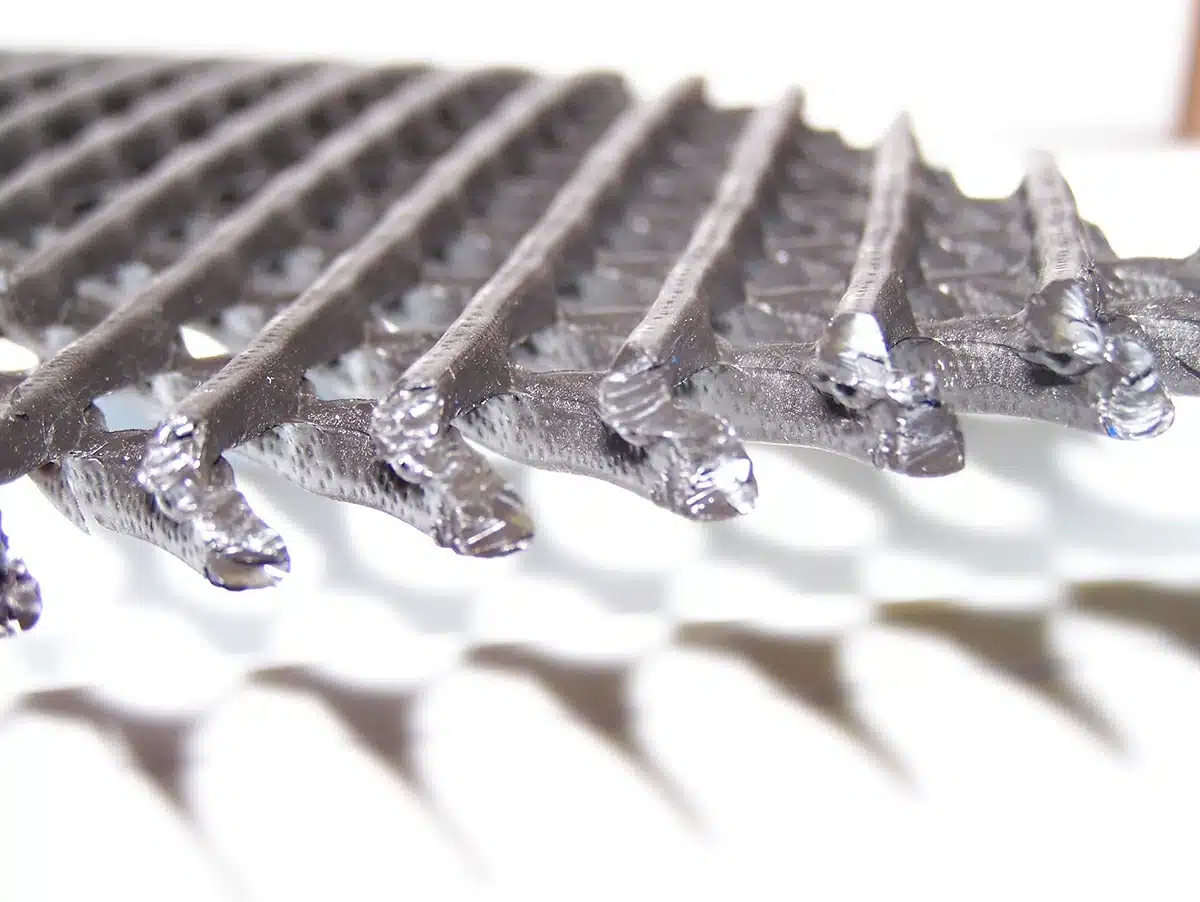
What is the Importance of Geonets in Soil Stabilization?
- Drainage Efficiency: Geonets facilitate water movement within soil, preventing waterlogging and reducing hydrostatic pressure on structures.
- Erosion Control: By channeling excess water, geonets prevent soil erosion and maintain the integrity of slopes and embankments.
- Soil Stabilization: They enhance shear strength and overall stability when used with other geosynthetics, ensuring safer and longer-lasting soil structures.
- Reinforcement: Geonets improve load-bearing capacity and evenly distribute loads, benefiting roads, retaining walls, and foundations.
- Filtration: Geonets allow water to pass while retaining soil particles, maintaining drainage system efficiency.
- Environmental Protection: Used in landfills and containment systems, geonets help manage leachate and gas, preventing environmental contamination.
- Settlement Reduction: In soft soils, geonets provide stable drainage paths, reducing settlement time and improving consolidation.
In summary, geonets are crucial for reinforcing soil, controlling erosion, enhancing stability, and supporting sustaina
What is Geonet Used For?
Geonet is a geosynthetic material with an open, grid-like structure made of intersecting polymer ribs, widely used in civil, environmental, and agricultural engineering. Its applications and benefits include:
- Drainage: Channels water efficiently to prevent waterlogging and reduce hydrostatic pressure around construction sites, retaining walls, and road bases.
- Filtration: Allows water to pass while retaining soil particles, preventing drainage clogging.
- Separation: Maintains structural integrity by preventing mixing of soil layers or aggregates, extending project lifespan.
- Construction Applications: Stabilizes foundations, enhances load-bearing capacity, and improves performance of retaining walls, embankments, and road bases.
- Environmental Engineering: Used in landfills for leachate collection and gas venting; stabilizes slopes and embankments to control erosion.
- Agriculture: Manages water flow, prevents soil erosion, and supports irrigation systems for proper drainage.
- Benefits: Cost-effective, reduces need for traditional drainage materials; environmentally protective, minimizing erosion and water contamination; versatile, adaptable to various soil and environmental conditions.
- Effect on Low-Compacted Soft Clay: Distributes loads over a wider area, improves drainage to lower pore water pressure, enhances shear strength, provides soil confinement, and ensures long-term stability and performance.
Geonets are essential for drainage, load distribution, erosion control, and soil stabilization, making them a critical component in sustainable construction, resilient infrastructure, and agricultural applications.
What is the effect of geonet reinforcement on the bearing capacity of low-compacted soft clay?
Geonets can significantly enhance the bearing capacity of low-compacted soft clay through several mechanisms:
- Distribution of Loads: Geonets help distribute applied loads over a wider area, reducing localized stress concentrations that could otherwise lead to soil failure.
- Improved Drainage: By promoting better drainage through the clay layer, geonets reduce pore water pressures. This lowers the risk of shear failure due to excessive pore pressure buildup.
- Increase in Shear Strength: Geonets can increase the effective stress within the soil mass by improving drainage conditions. This can enhance the shear strength of the soft clay, making it less prone to failure under loading.
- Confinement Effect: The geonet acts as a confinement mechanism, confining the soil particles and preventing excessive lateral movement or deformation. This confinement can increase the overall stability and bearing capacity of the soft clay.
- Long-term Performance: Geonets are durable and resistant to biological and chemical degradation, providing long-term stabilization benefits to the soft clay.
Overall, the use of geonets in low-compacted soft clay can lead to improved bearing capacity, reduced settlement, and enhanced overall stability of the soil mass.
Why are Geonets used?
Geonets are used primarily for their drainage properties in various civil engineering and environmental applications. Here are some key reasons why geonets are used:
- Drainage Efficiency: Geonets enhance drainage efficiency by providing a pathway for the flow of water or other fluids within soil or other materials.
- Load Distribution: They help distribute loads over a wider area, reducing stress on underlying soils or structures.
- Erosion Control: Geonets can be used in erosion control applications to stabilize slopes and prevent soil loss.
- Landfill Applications: In landfill engineering, geonets are used to collect leachate and facilitate its removal, thus preventing its accumulation and potential environmental contamination.
- Gas Venting: They can also be used for gas venting purposes, helping to manage and control gases produced in landfill sites or other enclosed areas.
- Environmental Protection: Geonets contribute to environmental protection by managing water flow and reducing erosion, which can help maintain the integrity of ecosystems and prevent pollution.
Overall, geonets are versatile materials that play a crucial role in improving the performance and longevity of various civil engineering and environmental projects.
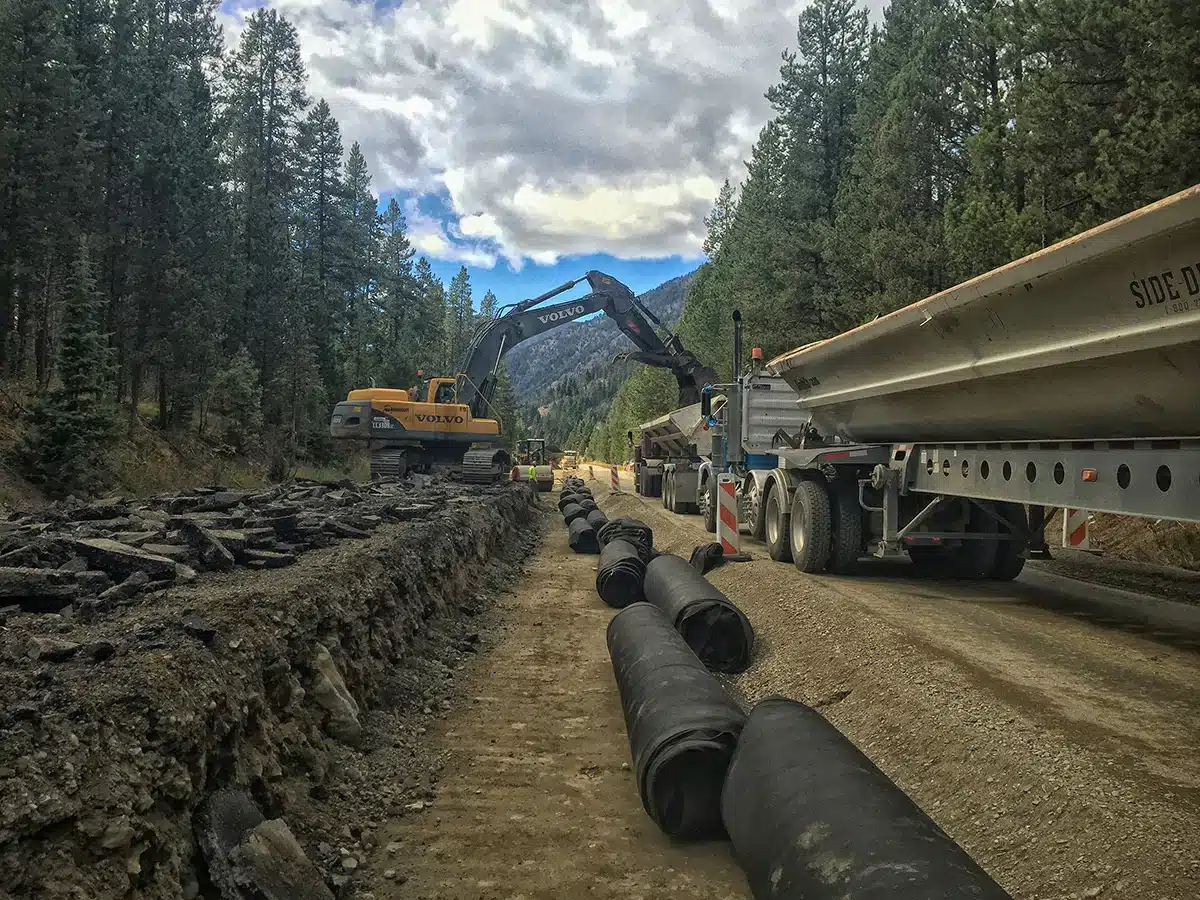
Geonets stand as indispensable elements in modern soil engineering, offering unparalleled benefits in reinforcing soil, preventing erosion, and enhancing stability. Their applications across various industries underscore their versatility and effectiveness in fostering sustainable construction practices and resilient landscapes. Understanding the significance of geonets in soil stabilization is pivotal for leveraging their potential to create robust and durable infrastructures for the future.
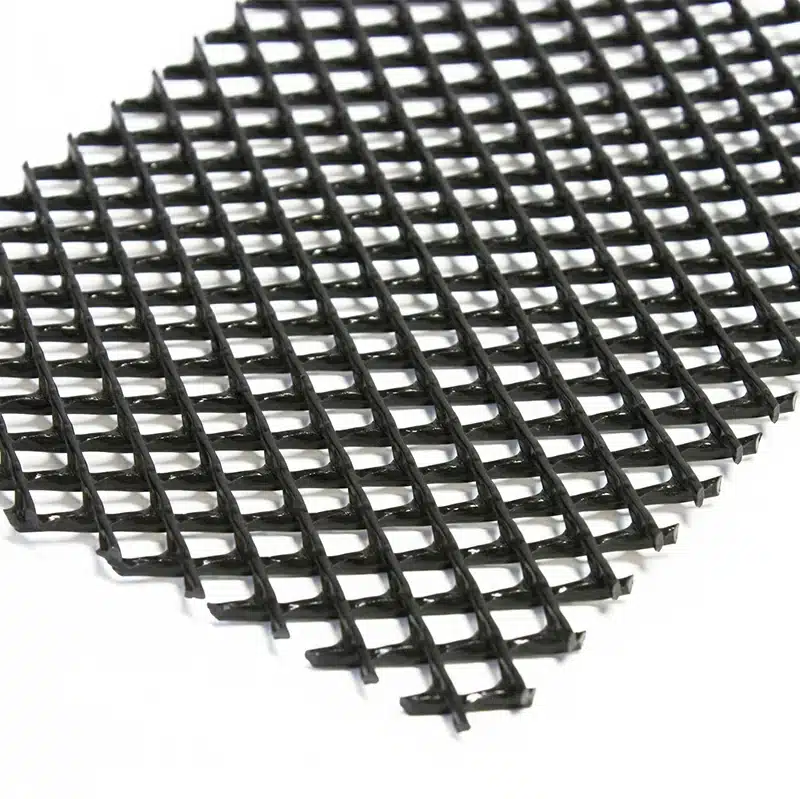
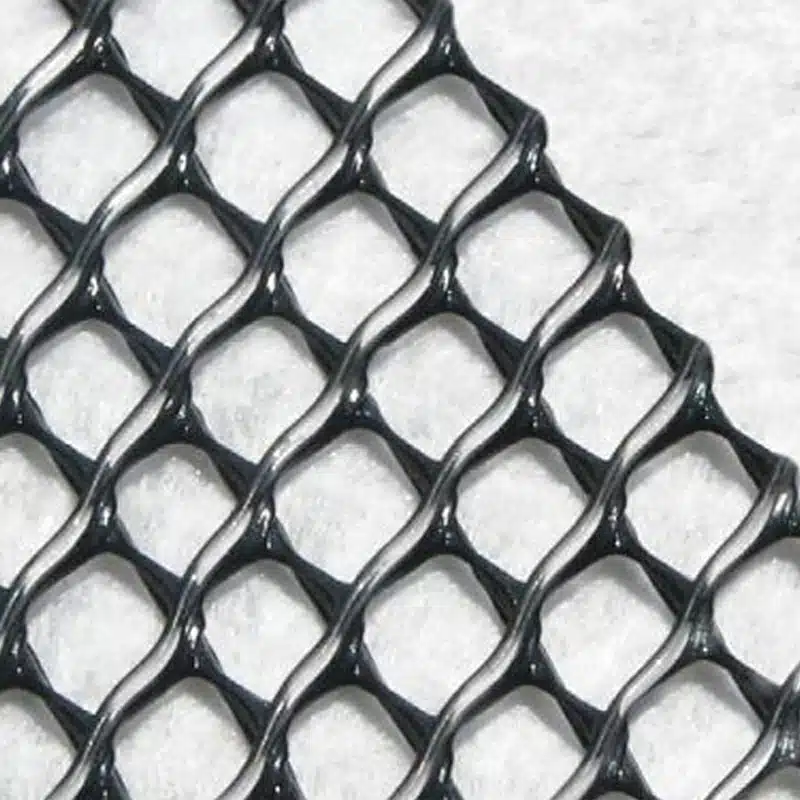
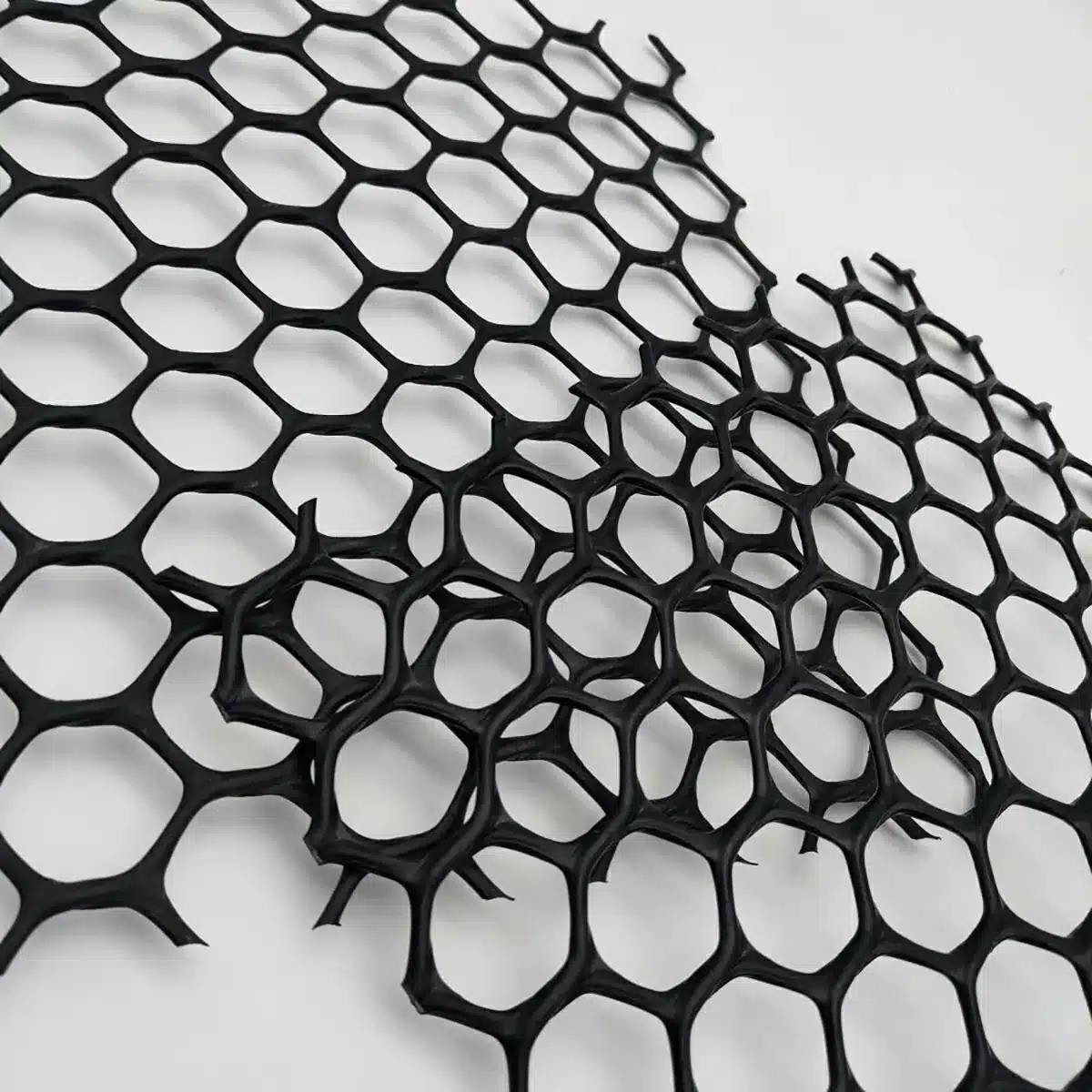
Get Free Sample
We’ll respond as soon as possible(within 12 hours)






















